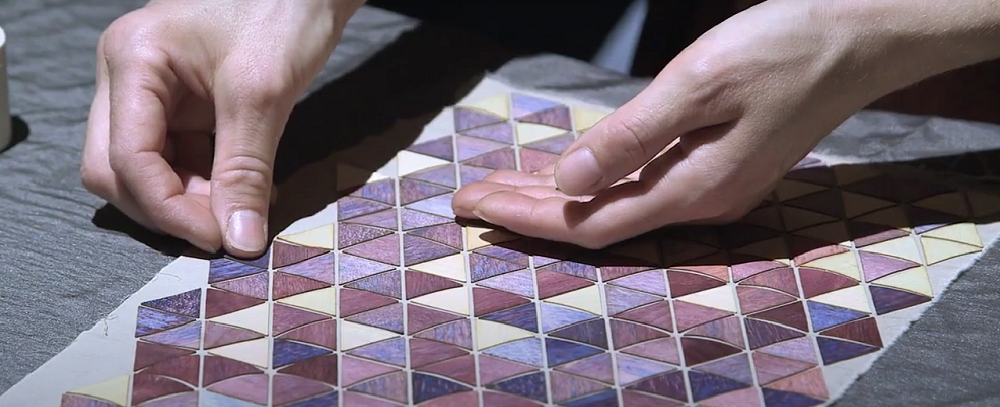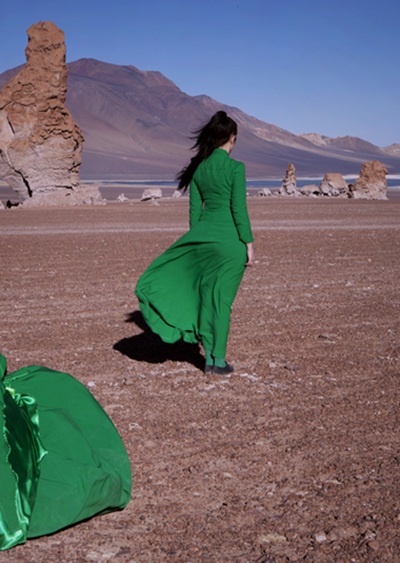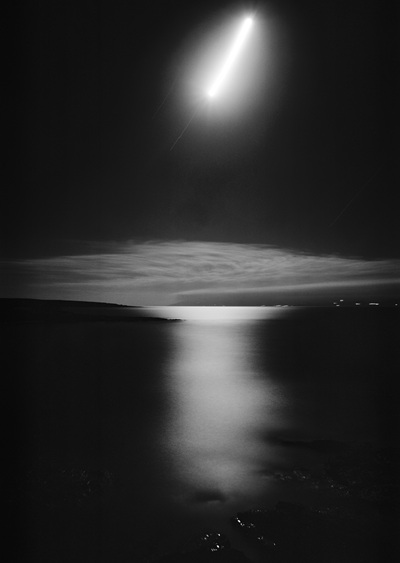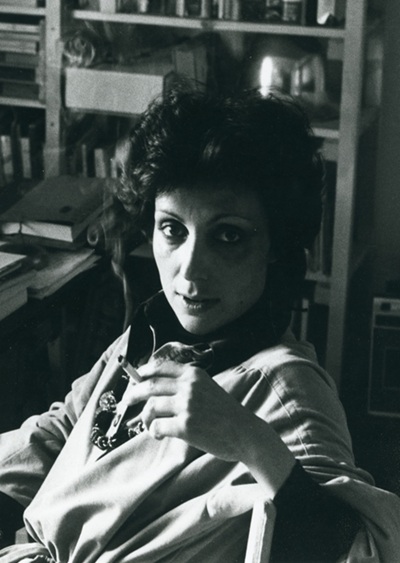
The Leucò Cultural Association presents, with the support of the Michalis Kakogiannis Foundation, from an idea by Jean Blanchaert, Stefania Pennacchio and Vassilis Vassiliadis, the international and touring event “Weather/Omoroi – Only space remembers, a meeting between Greeks of the East and Greeks of the West” in three milestones, the first of which has already taken place in Syracuse. The second part of the event will take place in Athens from 13 to 30 October and will conclude in Cyprus in May 2023. The aim of the exhibition is to promote the cultural affinities that have always existed in the Mediterranean basin.
The inaugural cycle of the event began with a day dedicated to the study of language, time and space, which took place in the city of Syracuse at Palazzo Vermexio, where leading personalities from the Italian, Greek and Cypriot cultural scene spoke and participated. At the same time, the interdisciplinary exhibition of sculpture and painting by Stefania Pennacchio and Vassilis Vassiliadis was inaugurated at the Ex Convento del Ritiro di S. Francesco in Syracuse.
The second stage will take place in Athens on 21 September 2022, at 18:00, at the Italian Cultural Institute, where the video-documentary “A-Kairos” will be screened, directed by Katrina Eglite. This will be followed by the presentation of the catalogue of the event, published by Leucò Art Gallery.
The exhibition “Weather/Omoroi – Only space remembers, an encounter between Greeks of the East and Greeks of the West”, which will be inaugurated on 13 October 2022 at 6 pm at the Cacoyannis Foundation, will be open to the public until 30 October 2022.
The press conference will take place as follows:
- Greetings from Dr. Francesco Neri, Director of the Italian Cultural Institute of Athens
- Greetings from Dr. Fabio Granata – Cultural Advisor of the Municipality of Syracuse,
- Screening of the video-documentary “A-Kairos” directed by Katrina Eglite,
- Speeches by:
- Jean Blanchaert, curator of the exhibition and international gallery owner,
- Xenia Kaldara/Theodoros Angelopoulos, Michael Cacoyannis Foundation, Athens
- Mariangela Ielo, National and Kapodistrian University of Athens, Vice President of the “Dante Alighieri” Society of Athens
- Stefania Pennacchio/Vassilis Vassiliadis, artists of the exhibition and creators of the event.
Conception of the event
The project begins with the word “Limitrofi”, which is a compound of the Latin word limes, meaning border, and the Greek word tréfo, meaning to feed. The border thus represents the edge that nourishes and protects us, allowing us to shape the matter and colour to tell our story. The management of the exhibition spaces was also designed by the artists and the curator in such a way as to emphasize the dualism between the “temporal” component represented by Stefania Pennacchio’s material and vertical works and the “spatial and linear” component of the panels also used by Vassilis Vassiliadis through the intensity of colour. The narrative of time thus draws almost a musical score, in which cultural, anthropological and genetic identities are intertwined, always present in the echo of tradition, but also looking to the future, representing the limits of space and time.
Biographical notes of artists
Vassilis Vassiliadis was born in Nicosia. He studied painting at the Academy of Fine Arts “Pietro Vannucci” in Perugia. Vassiliadis’ personal artistic research stems from the search for a new sense of balance in a geometrically structured environment. The element of time is thus understood by the Cypriot artist as a memory that lives through movement. For Vassiliadis, space is the main component of our existence: it is thus diluted into a kind of ‘quantum’ creation that has the capacity to appear simultaneously in different parallel times, while continuing to function equally effectively.
Stefania Pennacchio is an artist dedicated to research and experimentation in ceramic sculpture. Its origins in Calabria and the Ionian culture are evident in the use of techniques for processing these materials. The artist mixes and contrasts the ancient knowledge of Mediterranean craftsmanship with that of the equally distant and fascinating Japanese Raku technique. Favorite materials are earth (ceramics), simple and real, metals, strong but malleable, and stones, which ancient and layered tell us about the history and traditions that have polished them.







Leave A Comment